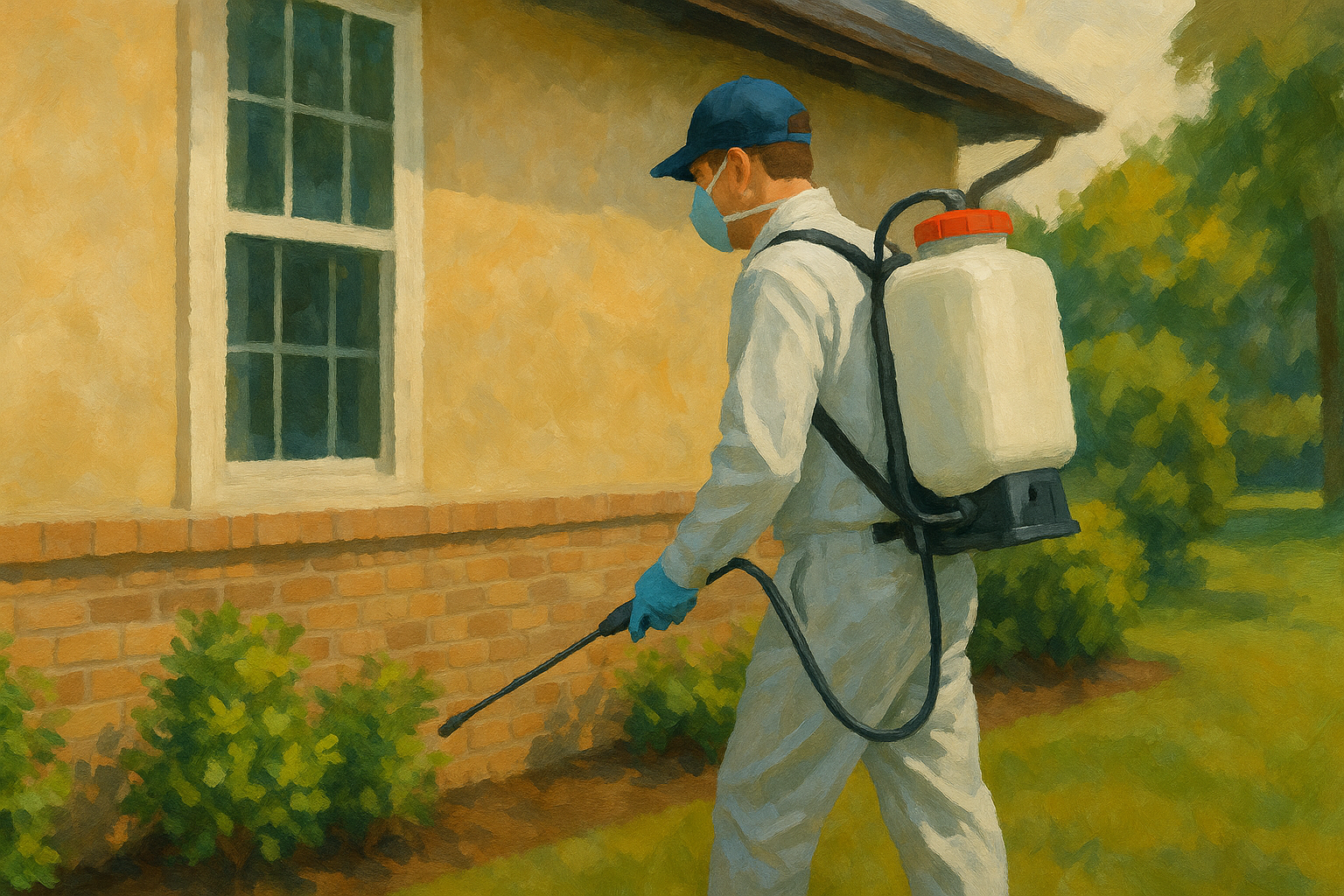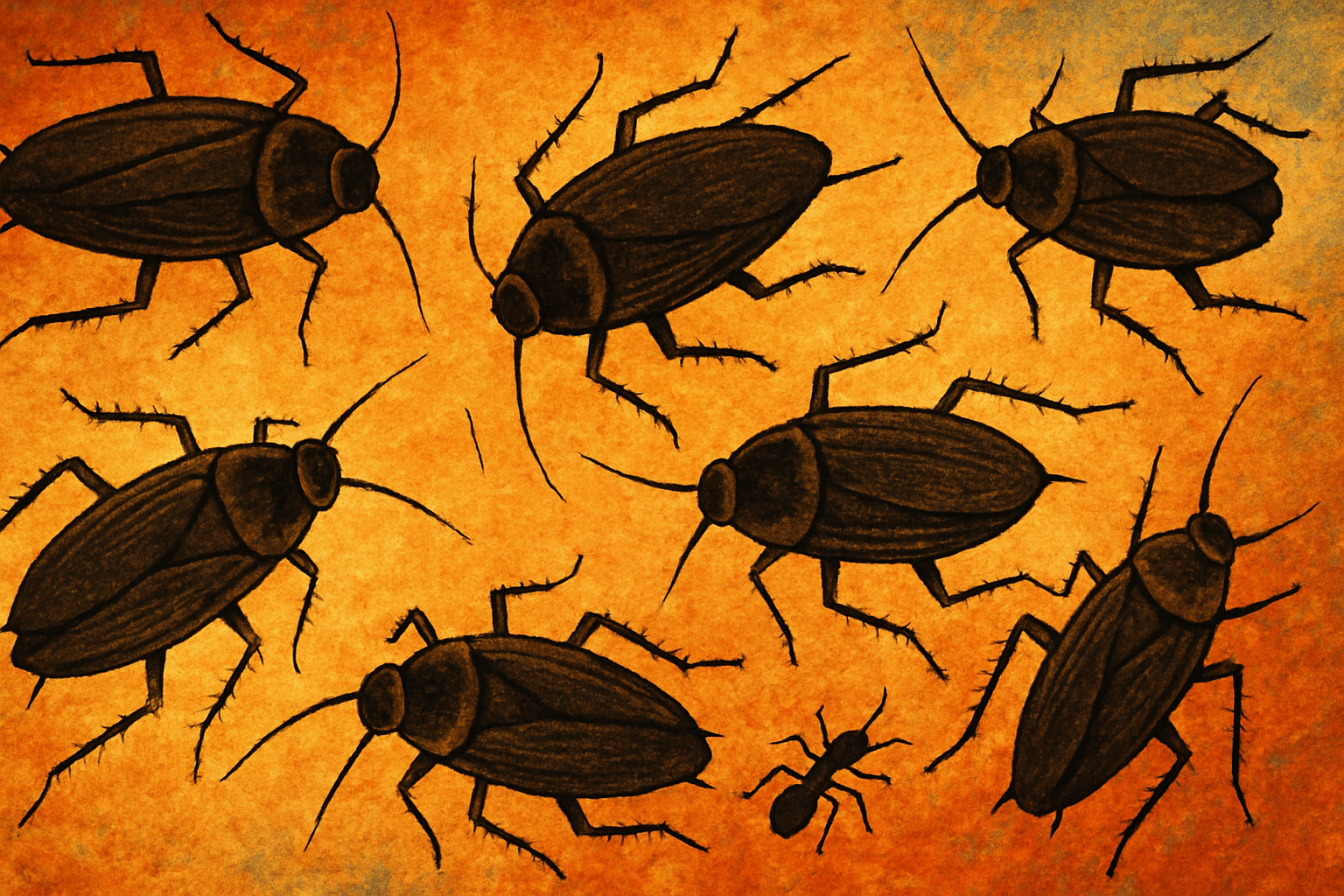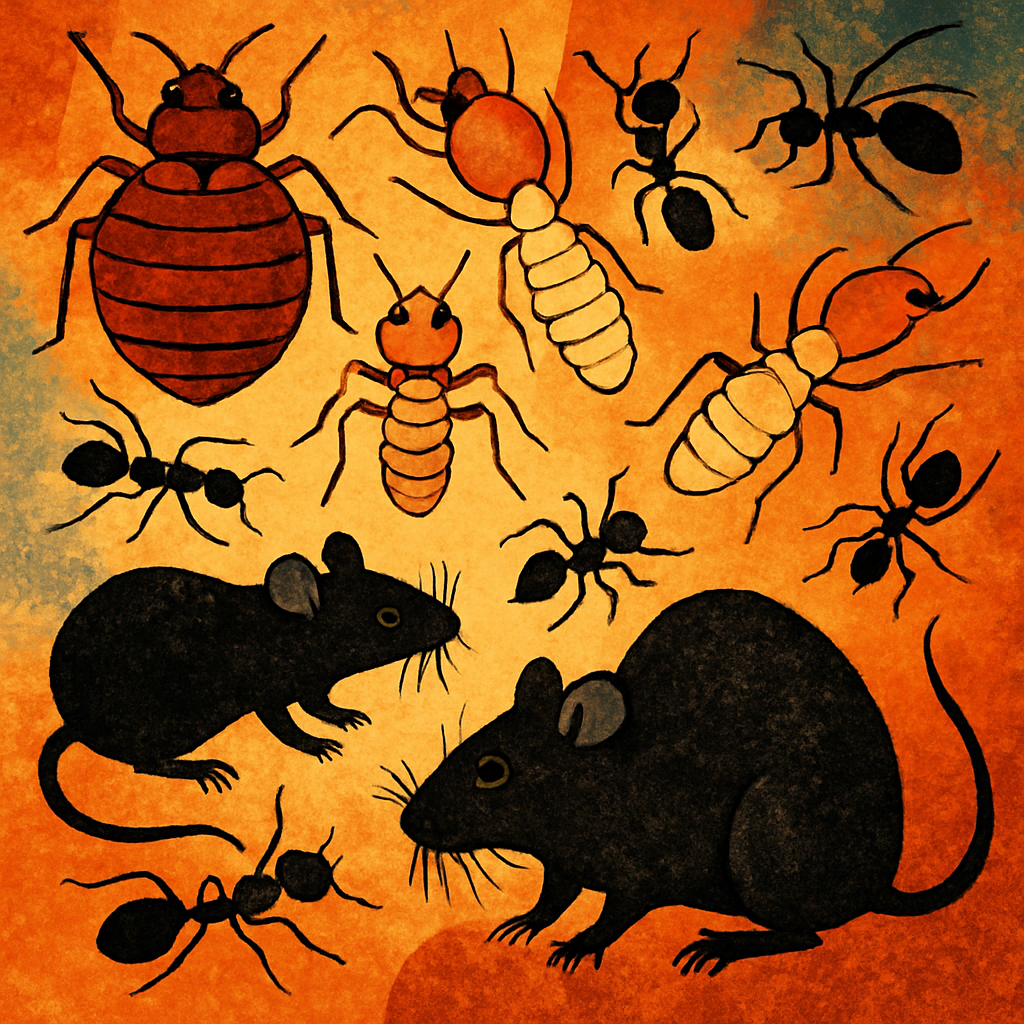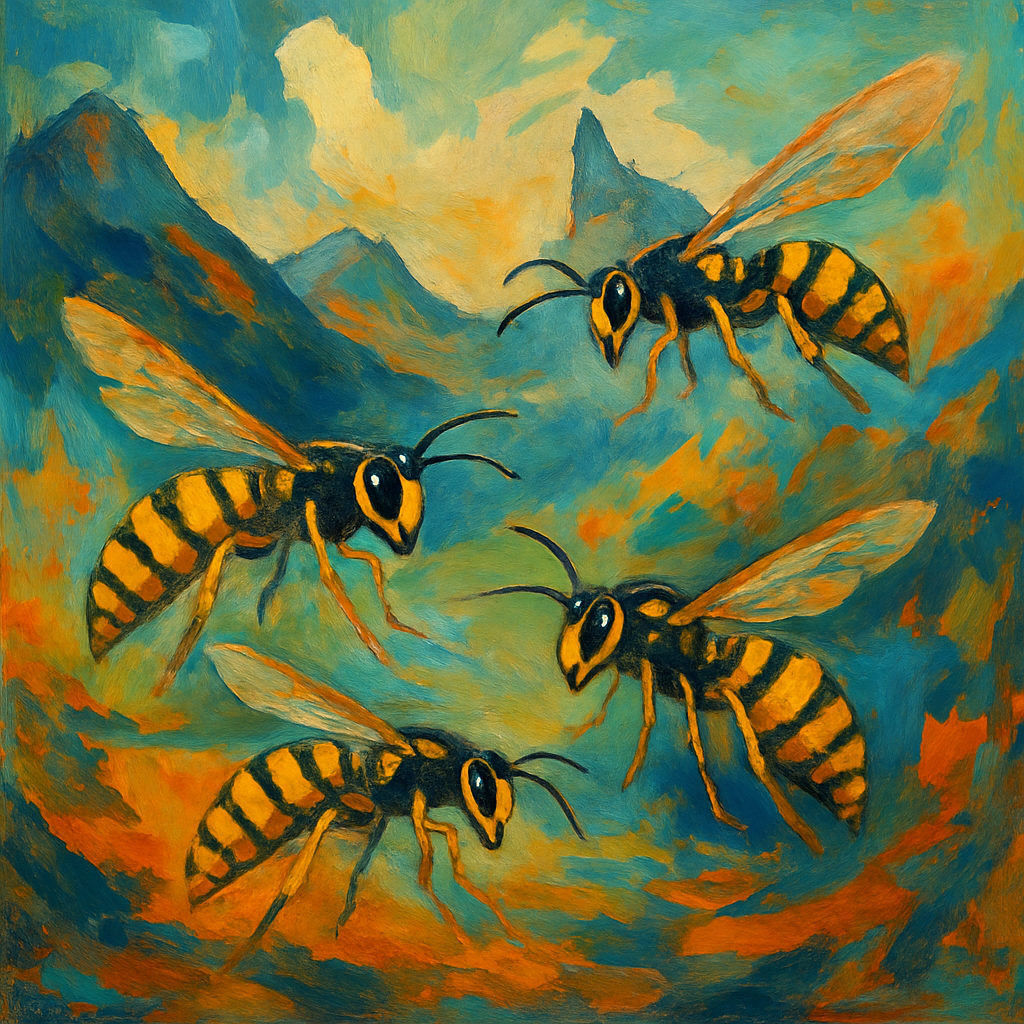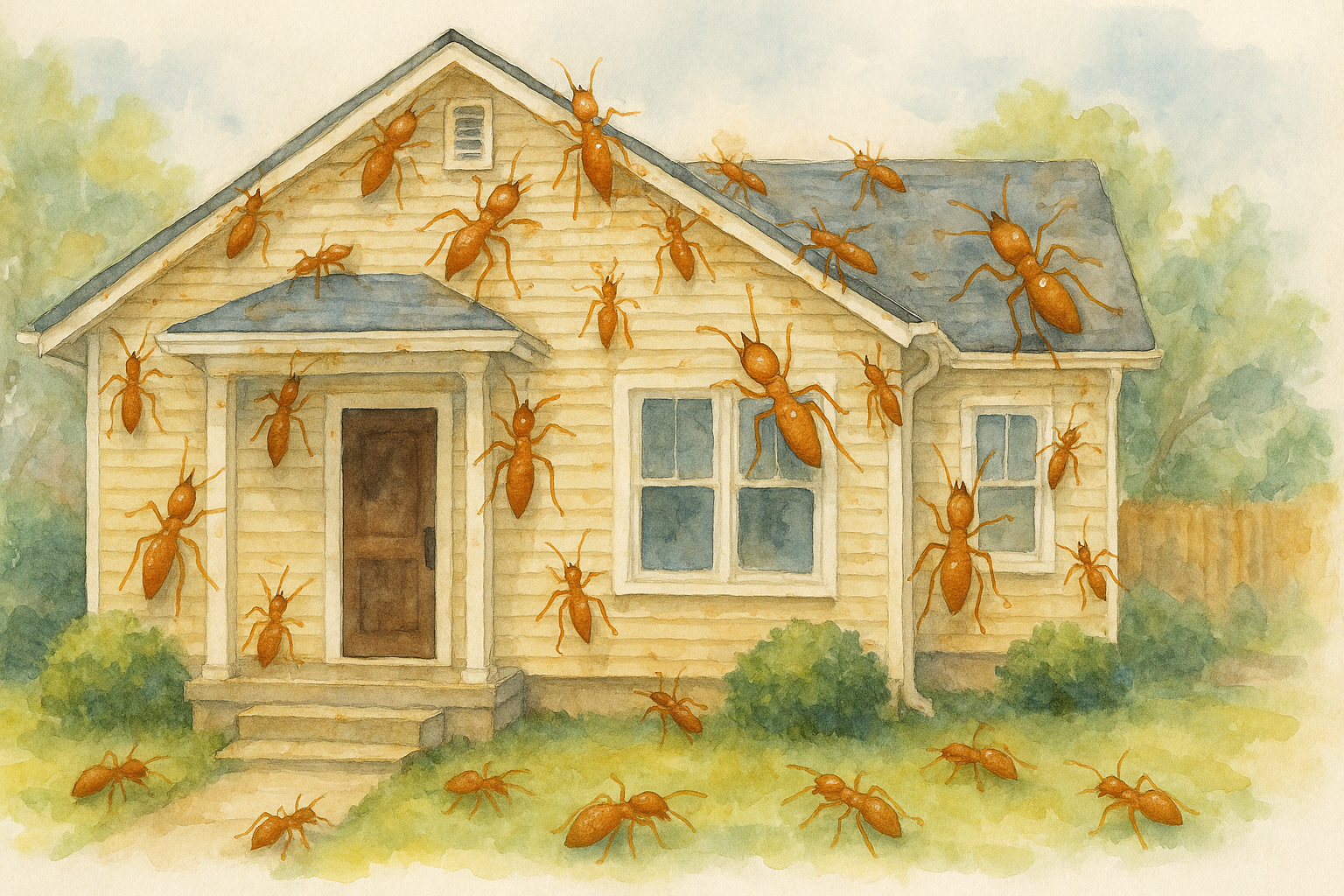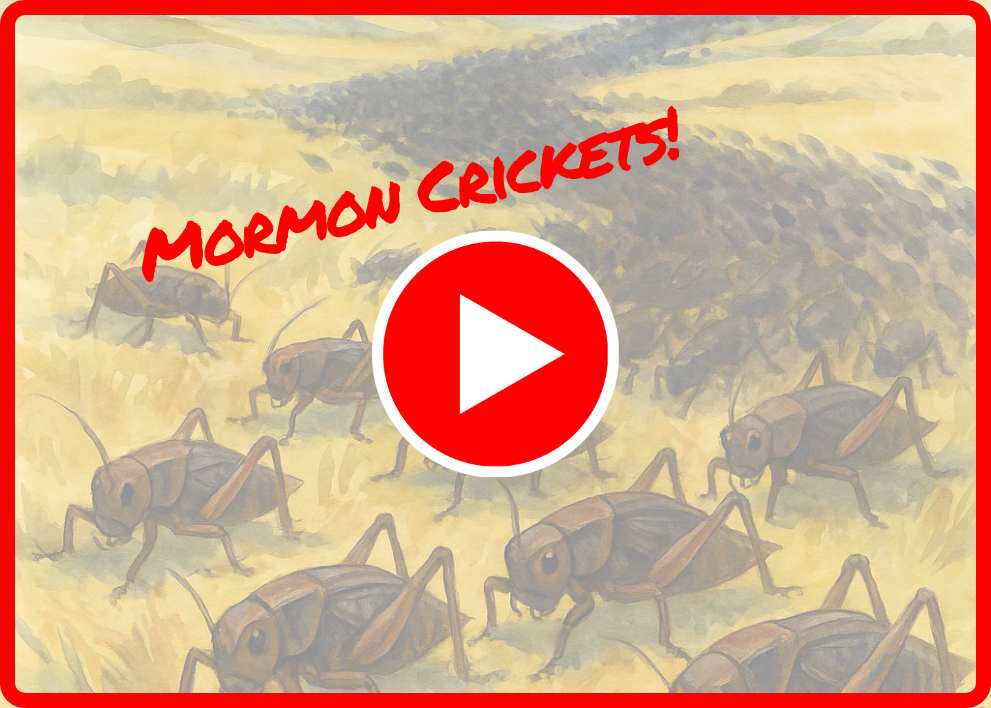Clover mites (Bryobia praetiosa), though small, can be a significant nuisance for homeowners in Idaho. These minuscule red arachnids, measuring less than 1 millimeter in length, tend to invade homes in large numbers, particularly during the spring and fall months. Though they do not bite or cause direct harm to humans, their sheer numbers and tendency to stain surfaces when crushed can make them a frustrating pest to deal with.
1. What Are Clover Mites?
Clover mites are plant feeders that primarily consume grasses, clover, and other vegetation. While they do not pose a direct threat to humans or pets, they can invade homes in massive numbers when outdoor conditions become unfavorable, such as during periods of heavy rain or drought. They are often found around windowsills, doors, and foundations as they seek shelter indoors(Gomez & Mizell, 2008).
2. Clover Mite Behavior
Clover mites thrive in well-fertilized lawns, especially those with lush, thick grass, and they tend to become particularly problematic during periods of rapid population growth in spring and fall. These tiny red bugs are attracted to the warmth and sunlight found near building exteriors, leading them to migrate indoors. Once inside, they often gather in large numbers around windows, where they are most visible.
Despite their numbers, clover mites do not reproduce indoors. Their presence inside homes is a temporary invasion as they seek better living conditions. However, their tendency to leave behind red stains when crushed can cause damage to furniture, walls, and carpets, making them a troublesome pest to remove(Venables, 1943).
3. Managing Clover Mite Infestations
Controlling clover mite infestations can be challenging, but there are several effective strategies to manage their populations:
- Seal Entry Points: Preventing clover mites from entering your home is one of the most effective ways to control their population. Sealing cracks and gaps around windows, doors, and foundations can significantly reduce the likelihood of an infestation.
- Create a Vegetation-Free Barrier: Clover mites are attracted to lush vegetation, so keeping a vegetation-free buffer zone of 18 to 24 inches around your home can help deter them from migrating indoors.
- Use Insecticides: Outdoor insecticides can be applied to the perimeter of your home to prevent mites from entering. Be sure to follow environmental regulations and use products that are safe for lawns and gardens(Kramer & Cranshaw, 2009).
4. Conclusion
Though clover mites may not pose a direct health threat, their ability to invade homes in large numbers and cause surface stains can make them a considerable nuisance for Idaho homeowners. Proper prevention and management techniques, including sealing entry points and managing lawn conditions, can help reduce the impact of these tiny yet persistent pests.
Works Cited
Gomez, C., & Mizell, R. F. (2008). Clover Mite Bryobia praetiosa Koch. University of Florida Department of Entomology and Nematology.
Kramer, K., & Cranshaw, W. (2009). Effects of Supplemental Irrigation on Populations of Clover Mite, Bryobia praetiosa Koch (Acari: Tetranychidae), and Other Arthropods in a Kentucky Bluegrass Lawn.https://bioone.org/journals/southwestern-entomologist/volume-34/issue-1/059.034.0106/Effects-of-Supplemental-Irrigation-on-Populations-of-Clover-Mite-Bryobia/10.3958/059.034.0106.short.
Venables, E. (1943). Observations on the Clover or Brown Mite, Bryobia praetiosa Koch. The Canadian Entomologist.https://www.cambridge.org/core/journals/canadian-entomologist/article/abs/observations-on-the-clover-or-brown-mite-bryobia-praetiosa-koch/7C605E4FBDDFF912F7C184E7F9F2B7F5.
Contact Today For $100 Off Your Initial Service!
⭐⭐⭐⭐⭐
Backed by our Bigfoot Guarantee!
What Customers Are Saying:
"Everyone from Bigfoot is awesome. They are always on time. They're extremely thorough. I've not had a single issue in the two years they have been treating our home. Well worth it!"
T. Potter | Meridian, ID
